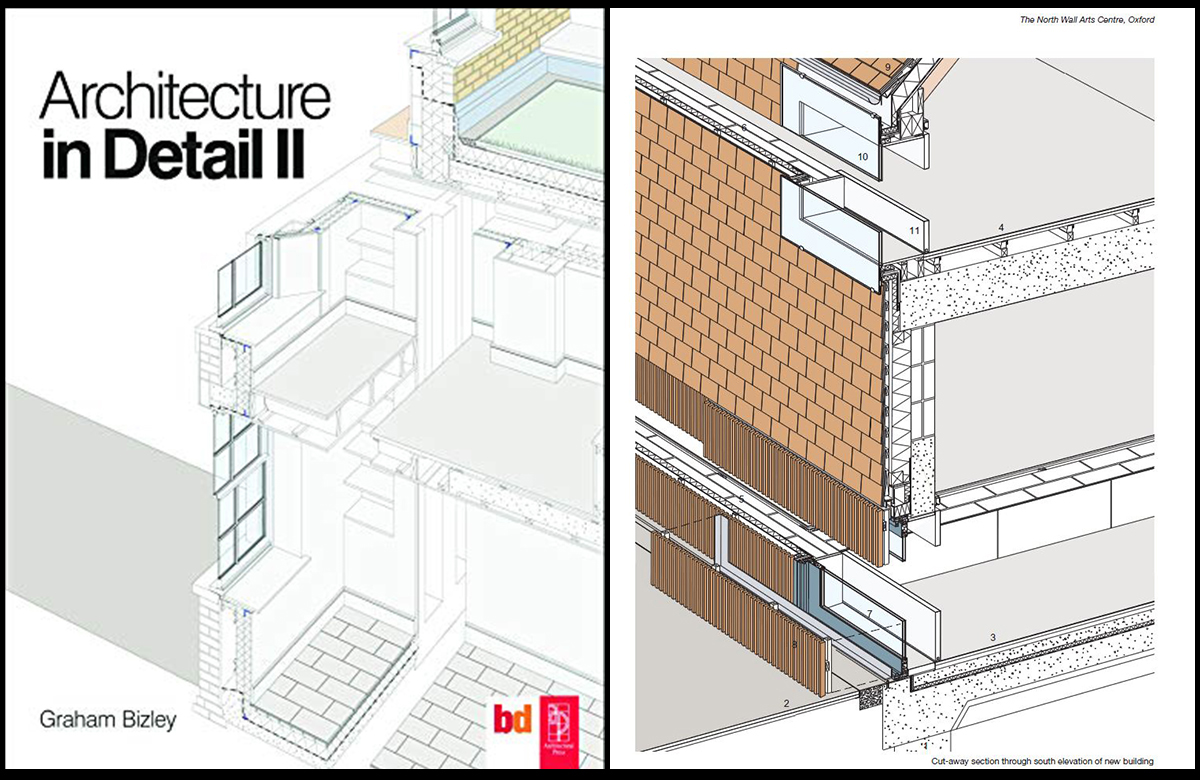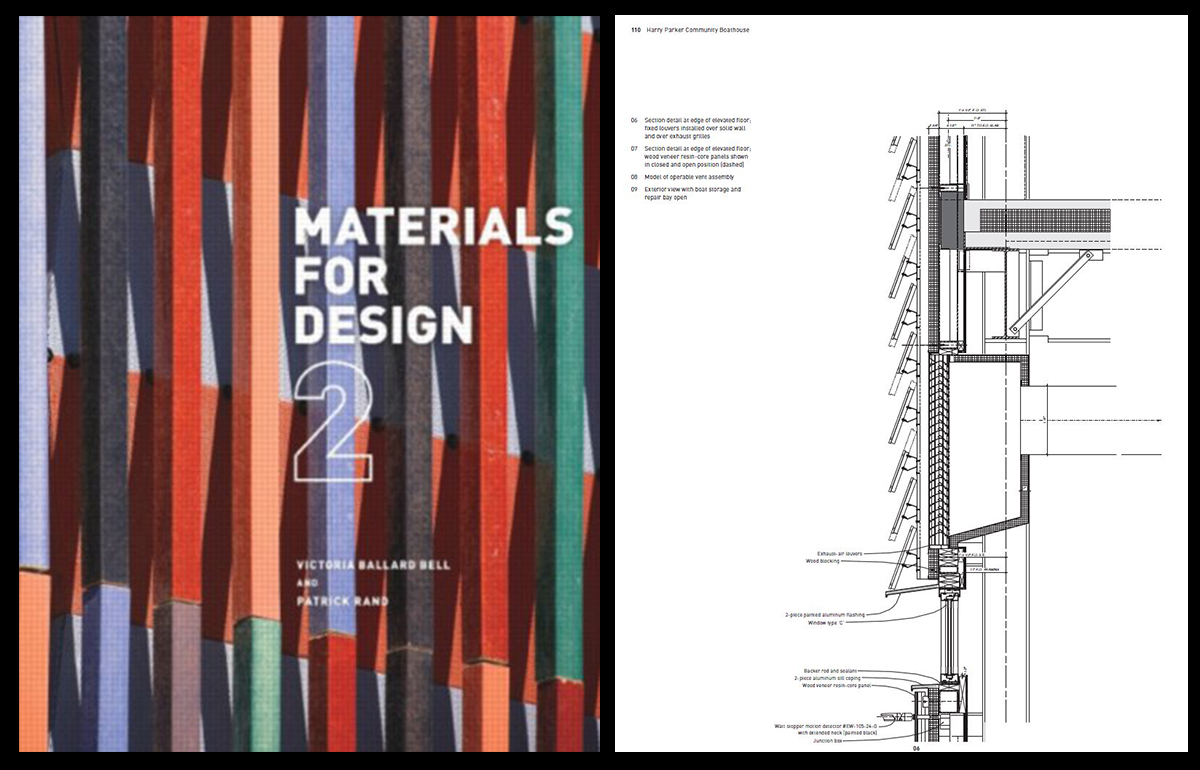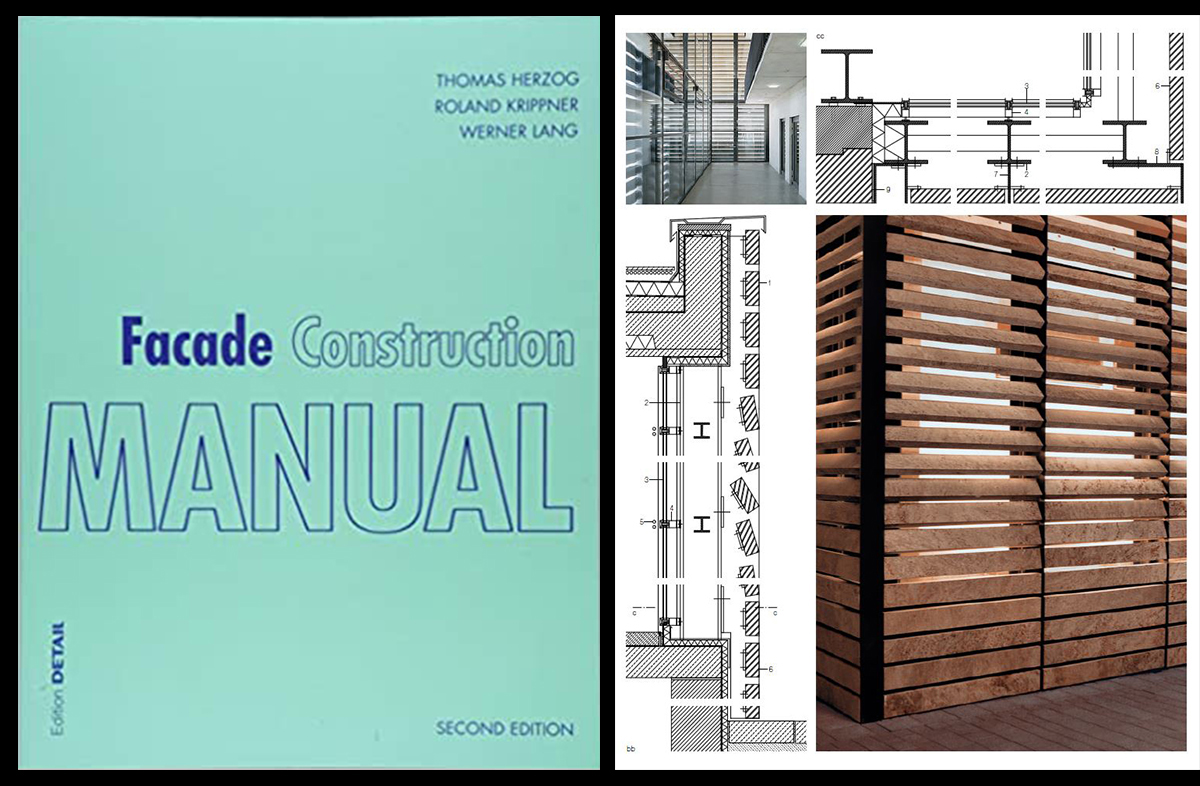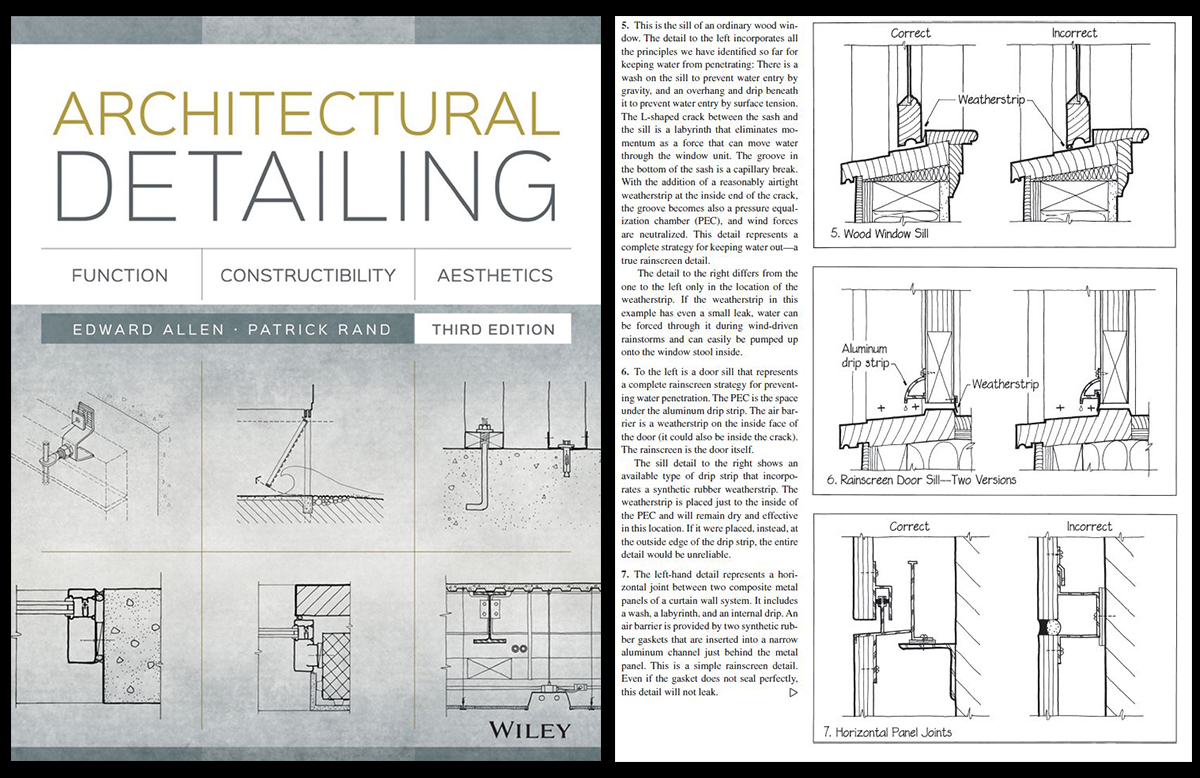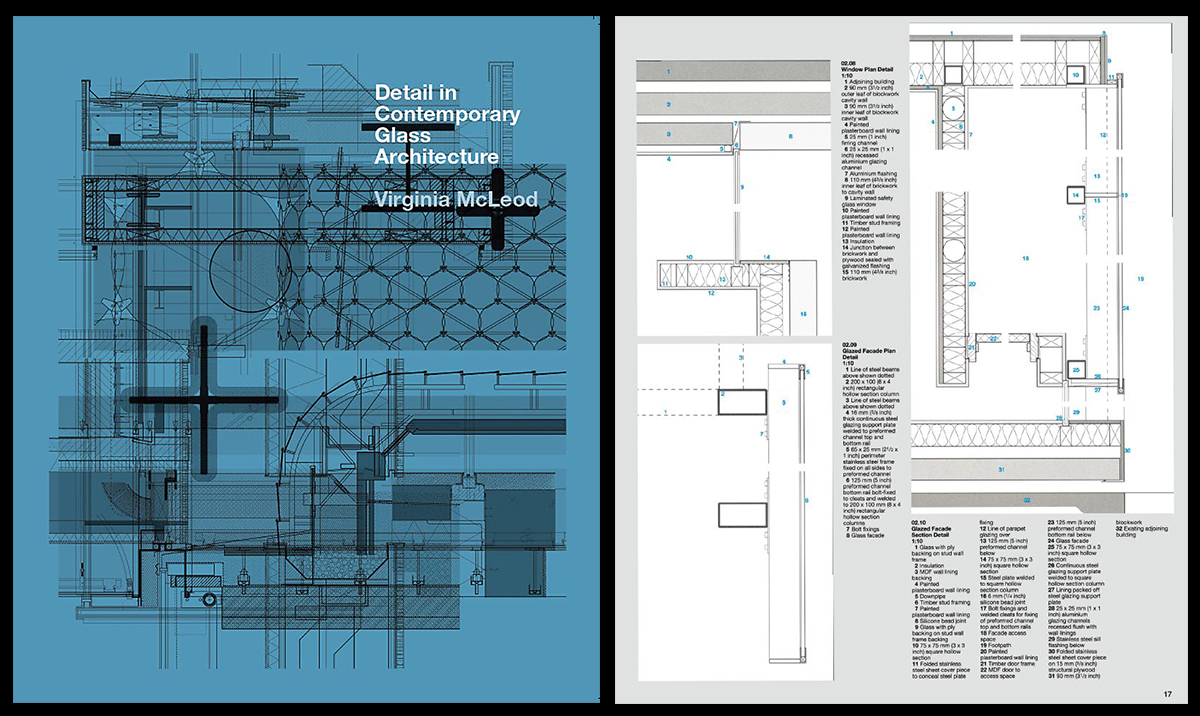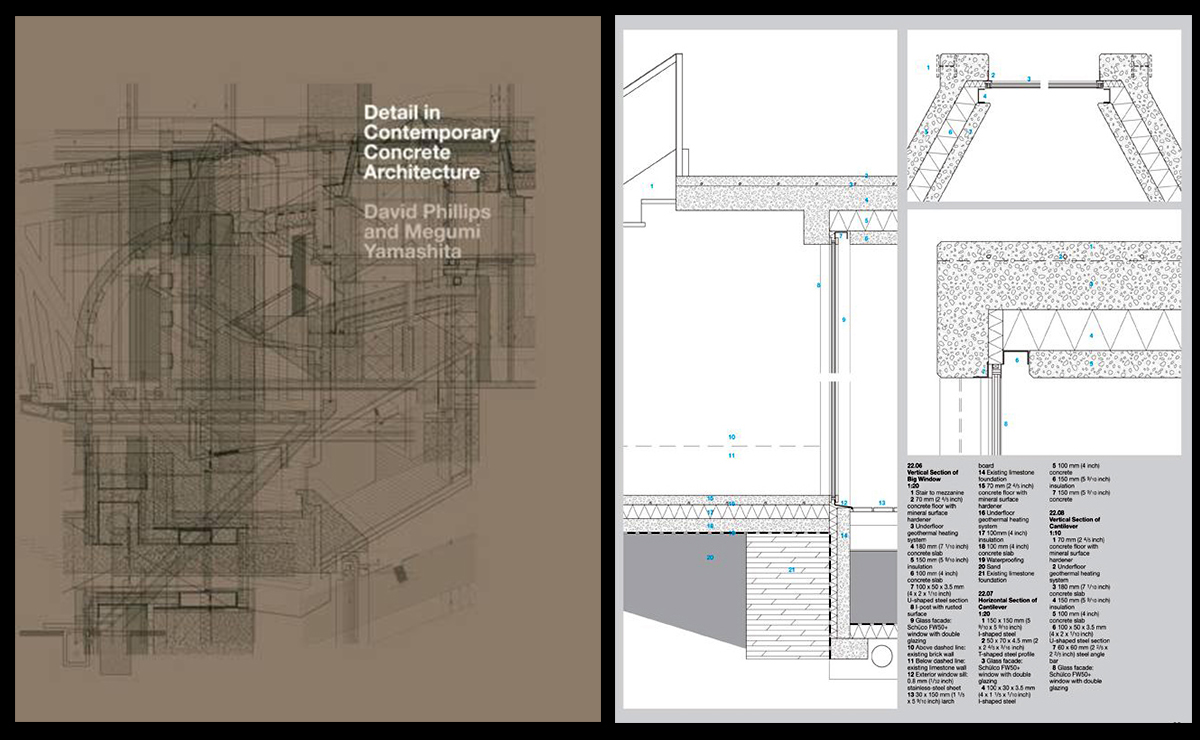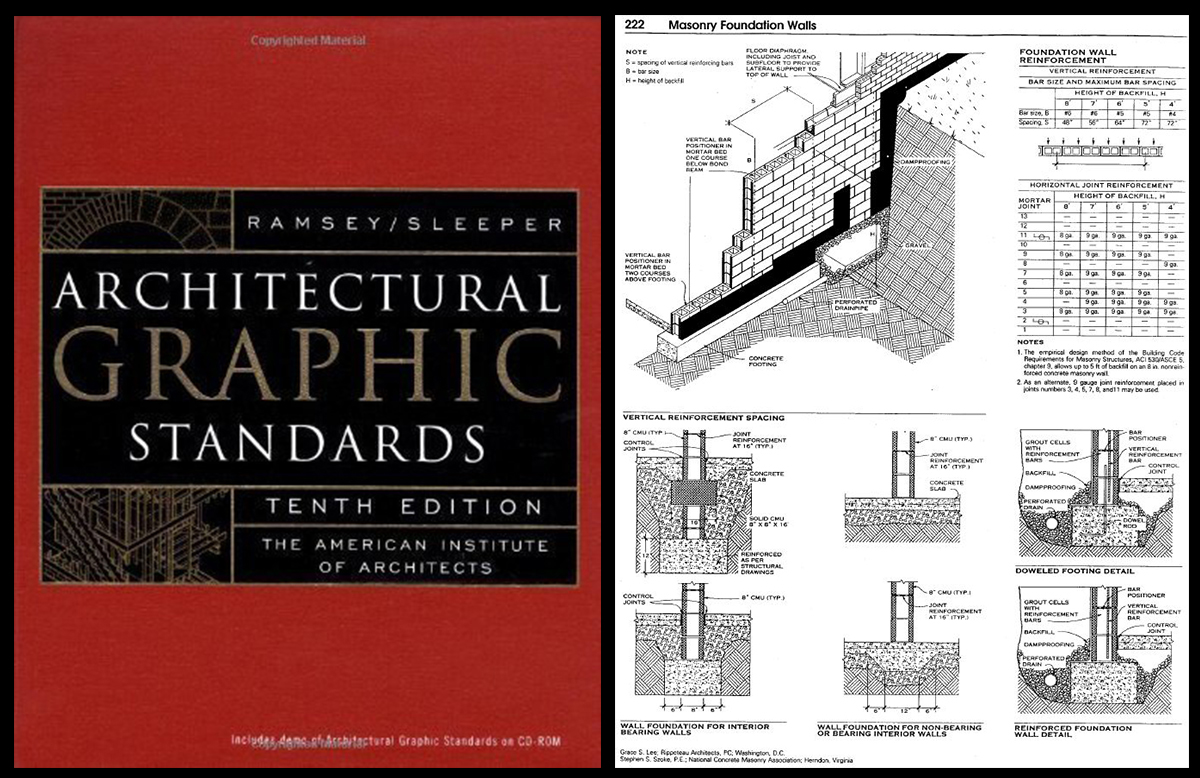As an architect, you need to understand details, and one of the easiest ways to expose yourself is by referencing Architectural Detail books. There are a large number of books out there that focus on details. Some are better than others. I have a stronger interest in these types of books now that I am teaching than in my past. So today, I will list out a few of my favorites and the rationale behind my choices.
The best way to discover architectural detailing is, of course, to be on a job site and watch projects get built. The knowledge and experience from that effort cannot be beaten. But some aspiring architects do not always have the opportunity or project types to provide an abundance of exposure to construction details. So in that situation books are the best alternative. I have chosen the books on the list below as ones that I think you should consider adding to your detail reference library. For the record, they are not listed in any specific order or rank.
Architecture in Detail II by Graham Bizley. (2010)
This book is nice because it is presented as a series of case studies with corresponding details. The project selection is acceptable, and it covers a wide range of conditions, materials, and layers. The main “detail” components in this book are large-scale axonometric or isometric details. They are not “construction” details but rather three-dimensional views of the specific highlighted detail areas. This provides a solid overview of the systems in place. It also has some other drawings and images for each project study. But it does not have what I would call typical construction details. That may be the one negative to this book, but the approach here is unique, so I think it can be a useful reference.
Materials for Design (2006) and Materials for Design II (2014) by Victoria Ballard Bell.
These two books are also presented in a case study manner. But here, they are broken down into groups by material. There is a large “chapter” on concrete with several projects. Then another on Steel, Wood, and so forth. So each section of the book focuses on a specific material. This one definitely gets into the construction details. It does a really good job at that. The greatest thing about these books is that the photo image of the material used is next to the detailed drawing. So you get to see the image and then the construction detail together, which adds to the comprehension. They are both solid books for details and cover a wide range of materials.
Façade Construction Manual (DETAIL) by Thomas Herzog (2017)
This book is broken into two parts. The first is about faced fundamentals and covers some basic concepts and information. The second part is broken into material case studies. Here the materials are stone, clay, concrete, timber, metal, glass, and plastics. It covers some construction level detailing in each of those material sections. It also has a photographic image of conditions along with the detail drawings. I do not think it is as well organized as the previous book set, but it still offers a great deal. Part A on façade fundamentals is a nice perspective on basic knowledge. It may not be as heavy on the pure construction details as a few others on this list, but it does still deliver.
Architectural Detailing: Function, Constructibility, Aesthetics 3rd Edition by Edward Allen (2016)
This one is an interesting addition to this list. In a way, it actually goes much deeper into the intricacies of detailing. But its graphical representation is not overly refined. Most of the detail drawings in this book are hand sketchy in nature and not computer-generated. So it has kind of an “old school” feel to it. But it gets into issues like sealant joints, drip edges, and reveals in a way that many of the other books do not even come close to exploring. This is not what I would ever call a “beautiful” detailing book, but it is a very in-depth and practical one. It provides a level of understating about the various smaller components of detailing and how they impact the overall detail. It is easy to follow and provides a higher level of basic knowledge, if that is even possible.
Detail in Contemporary Glass Architecture (2011) and Contemporary Timber Architecture (2015) by Virginia McLeod.
This is a very robust series of books broken into sections based on building type. So chapters on cultural, residential, commercial, public, and educational projects are then provided as case studies for detailing. So in that respect, these are organized uniquely. The range of projects covered is admirable, and the drawing to page count ratio is extremely high. These books contain lots of details. They are all nicely presented and large enough to be very useful. She also has a few others that are solely residential details that I would assume are very similar. But as I do not own them, I cannot comment. But I would think they are just as great. Those are Detail in Contemporary Residential Architecture and Encyclopedia of Detail in Contemporary Residential Architecture.
Detail in Contemporary Concrete Architecture by David Phillips (2012)
This is in the same series as the above books but not by the same author. But the organization, building types, and everything are presented the same. So it is part of the series. I think this is a wonderful series of detailing books. I hope they create a few more.
Architectural Graphic Standards by Charles Ramsey 10th edition (or earlier)
This is, of course, an old trusted standard. But I will undoubtedly say that the older editions are better than the last two editions. So my recommendation here is to get one from the 10th edition or earlier. I think that the 8th, 9th, and 10th editions offer a good amount of actual details along with the more basic knowledge of the book. They changed the format of the book in the 11th edition, and it just lost a bit of its luster, in my opinion. Also, there is a bit less detail in them. But if you go back a few editions, they are still full of useful details and construction knowledge. In the 9th or 10th edition, even the Student versions are quite full of actual details. So if you want to save some money, those versions are still an acceptable reference point. The other good thing about the older editions is you are more likely to find a used copy and save some money in that manner also.
So there you have it, my list of several of the best books to study architectural detailing. This list would make a very decent reference library. It could even be all that you might need if you managed to collect them all. I own all of these books and think they are all worthy additions to any architectural library. Of course, several other books could be added, but I was attempting to provide the most comprehensive books to cover the most “detailing” ground, so to speak. Please let me know if you have any other “must-have” books for architectural detailing in your library.
Until next time,

